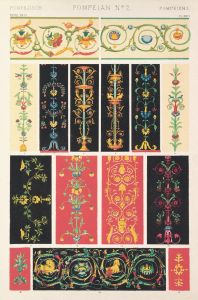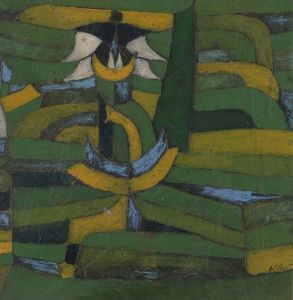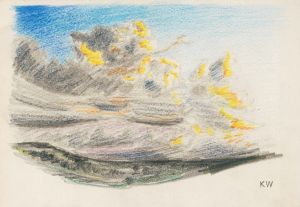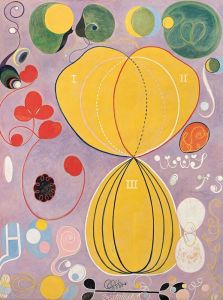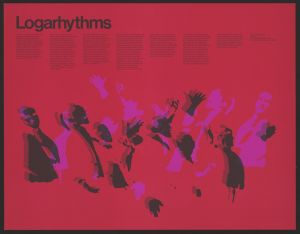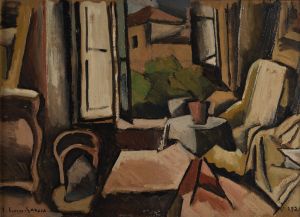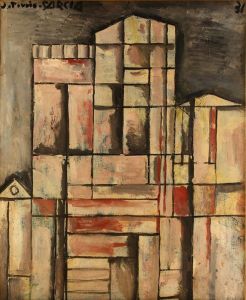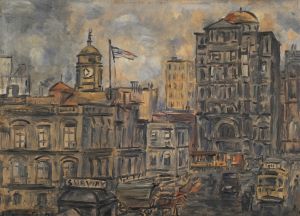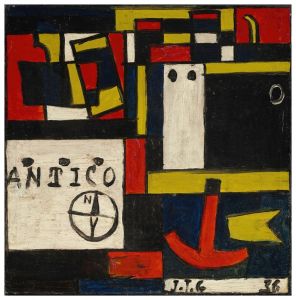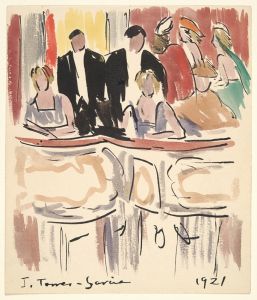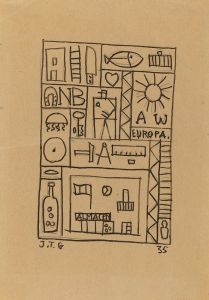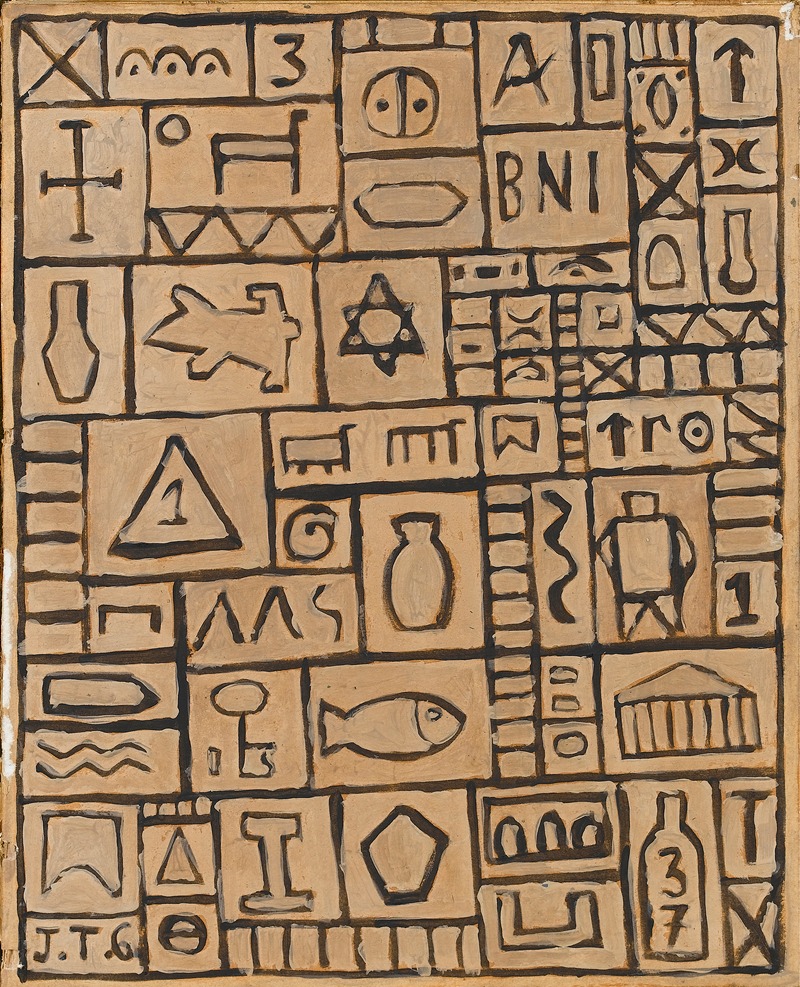
Abstract design
A hand-painted replica of Joaquín Torres-García’s masterpiece Abstract design, meticulously crafted by professional artists to capture the true essence of the original. Each piece is created with museum-quality canvas and rare mineral pigments, carefully painted by experienced artists with delicate brushstrokes and rich, layered colors to perfectly recreate the texture of the original artwork. Unlike machine-printed reproductions, this hand-painted version brings the painting to life, infused with the artist’s emotions and skill in every stroke. Whether for personal collection or home decoration, it instantly elevates the artistic atmosphere of any space.
Joaquín Torres-García was a prominent Uruguayan artist known for his contributions to modern art and his development of a unique style that combined elements of abstraction with symbolic and constructivist principles. Born in Montevideo, Uruguay, in 1874, Torres-García spent much of his life traveling and working in various artistic hubs, including Barcelona, New York, and Paris. His work is characterized by a synthesis of different artistic movements and a deep engagement with the cultural and historical contexts of the Americas.
"Abstract design by Joaquín Torres-García" refers to one of his many abstract works that embody his distinctive approach to art. Torres-García is best known for his creation of the "Universal Constructivism" movement, which sought to integrate the geometric abstraction of European modernism with the symbolic and cultural elements of pre-Columbian art. This approach is evident in his abstract designs, where he often employed a grid structure filled with symbols, letters, and numbers, creating a visual language that was both modern and timeless.
In his abstract works, Torres-García utilized a limited color palette, often relying on earthy tones and primary colors to emphasize the structural elements of his compositions. The use of a grid was central to his work, reflecting his belief in order and harmony as fundamental aspects of art. This grid structure allowed him to incorporate various symbols and motifs, which were drawn from a wide range of sources, including indigenous American cultures, European modernism, and his own personal iconography.
Torres-García's abstract designs are notable for their balance between abstraction and representation. While they are composed of geometric shapes and lines, they also convey a sense of narrative and meaning through the inclusion of symbolic elements. This duality is a hallmark of his work and reflects his broader philosophical beliefs about the role of art in society. He saw art as a universal language capable of bridging cultural and temporal divides, and his abstract designs are a testament to this vision.
Throughout his career, Torres-García was deeply involved in the artistic communities of the places he lived. In Barcelona, he was associated with the Noucentisme movement, which sought to revive classical forms in modern art. In Paris, he interacted with leading avant-garde artists, including Piet Mondrian and Theo van Doesburg, who influenced his development of constructivist principles. Upon returning to Uruguay in the 1930s, he founded the "Taller Torres-García," an influential art school that promoted his ideas and trained a new generation of Latin American artists.
Joaquín Torres-García's abstract designs continue to be celebrated for their innovative fusion of different artistic traditions and their enduring impact on modern art. His work is housed in major museums and collections worldwide, and he is regarded as one of the most important figures in Latin American art history. Through his abstract designs, Torres-García left a lasting legacy that continues to inspire artists and art enthusiasts alike.





